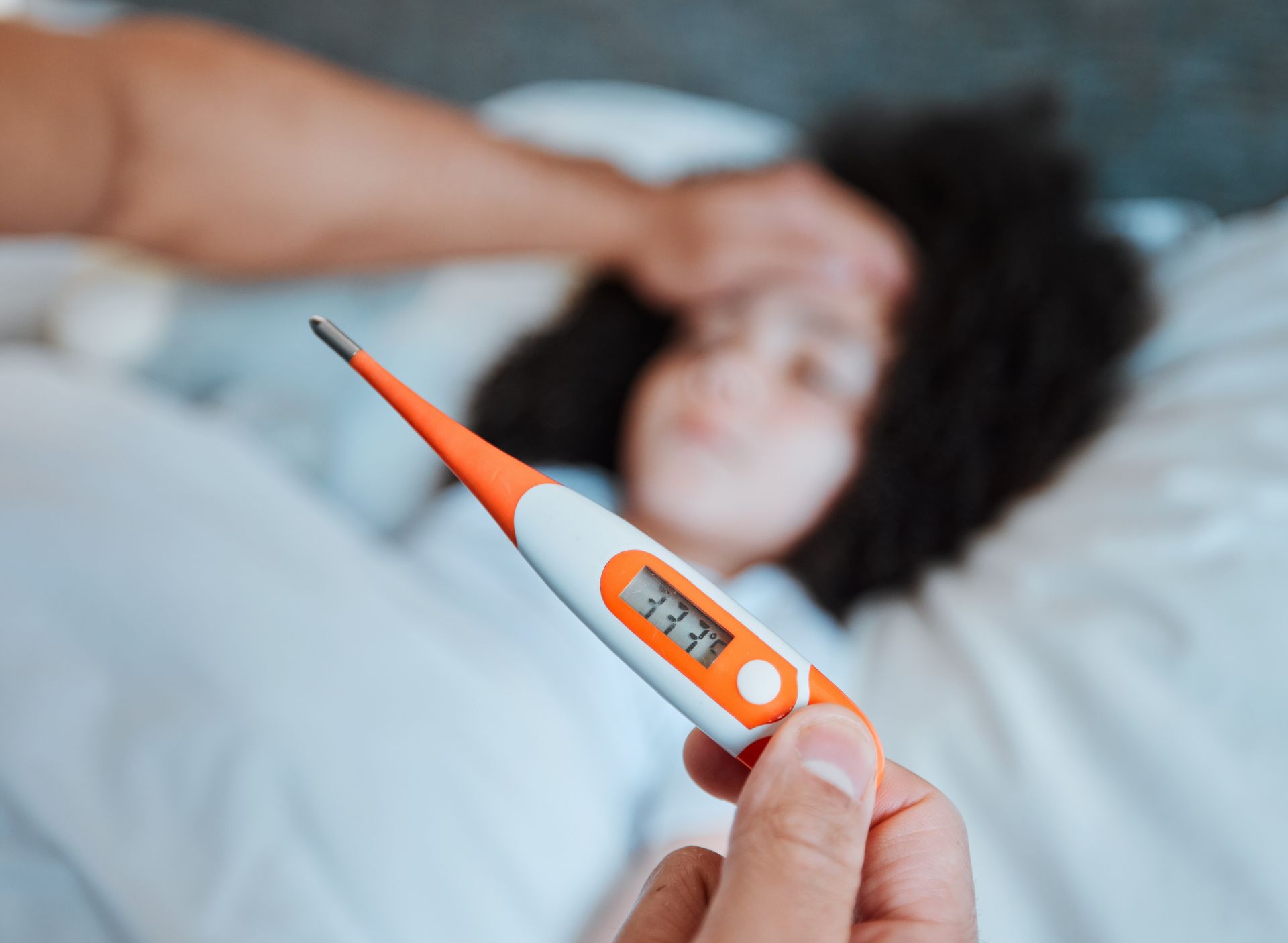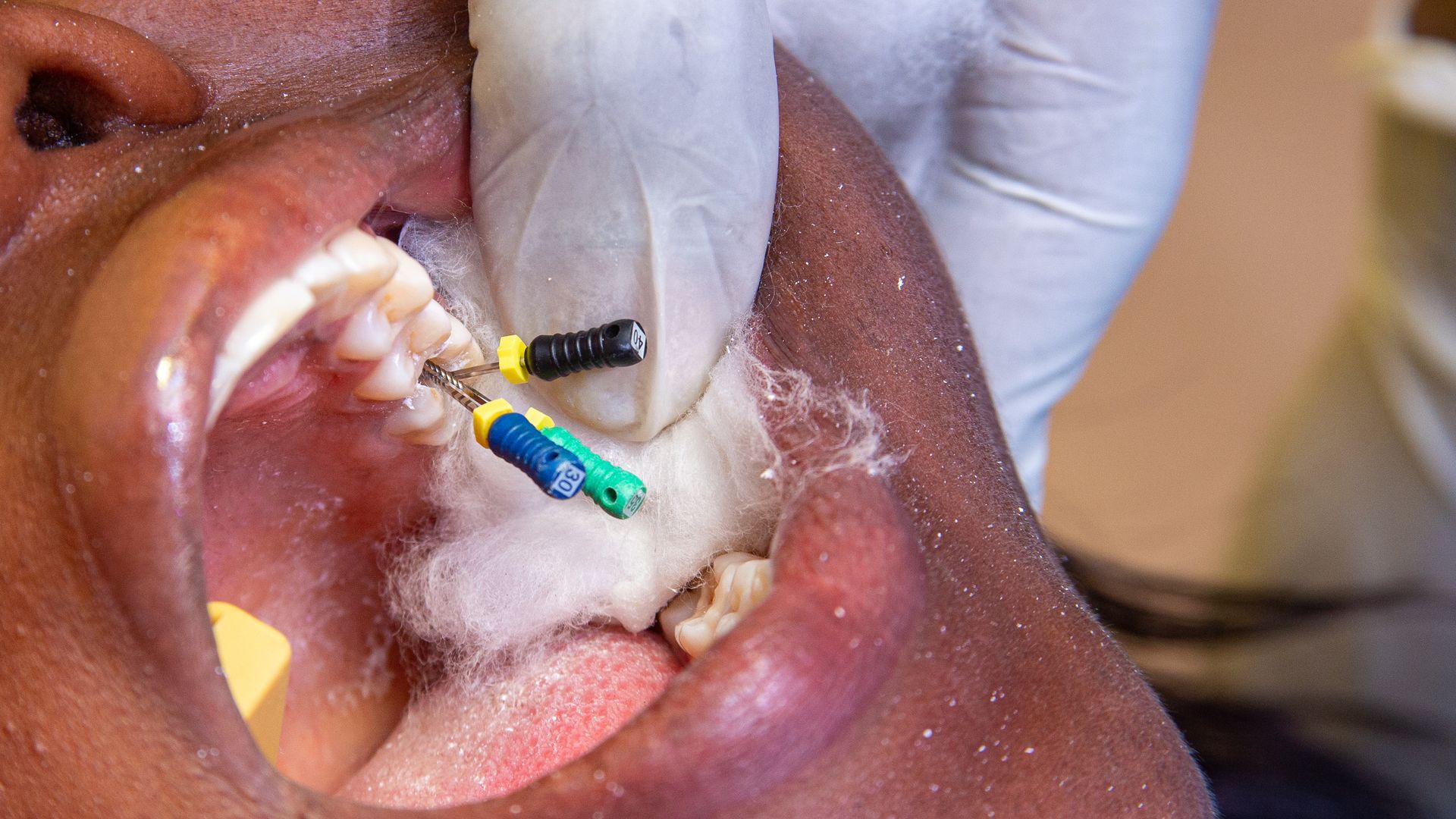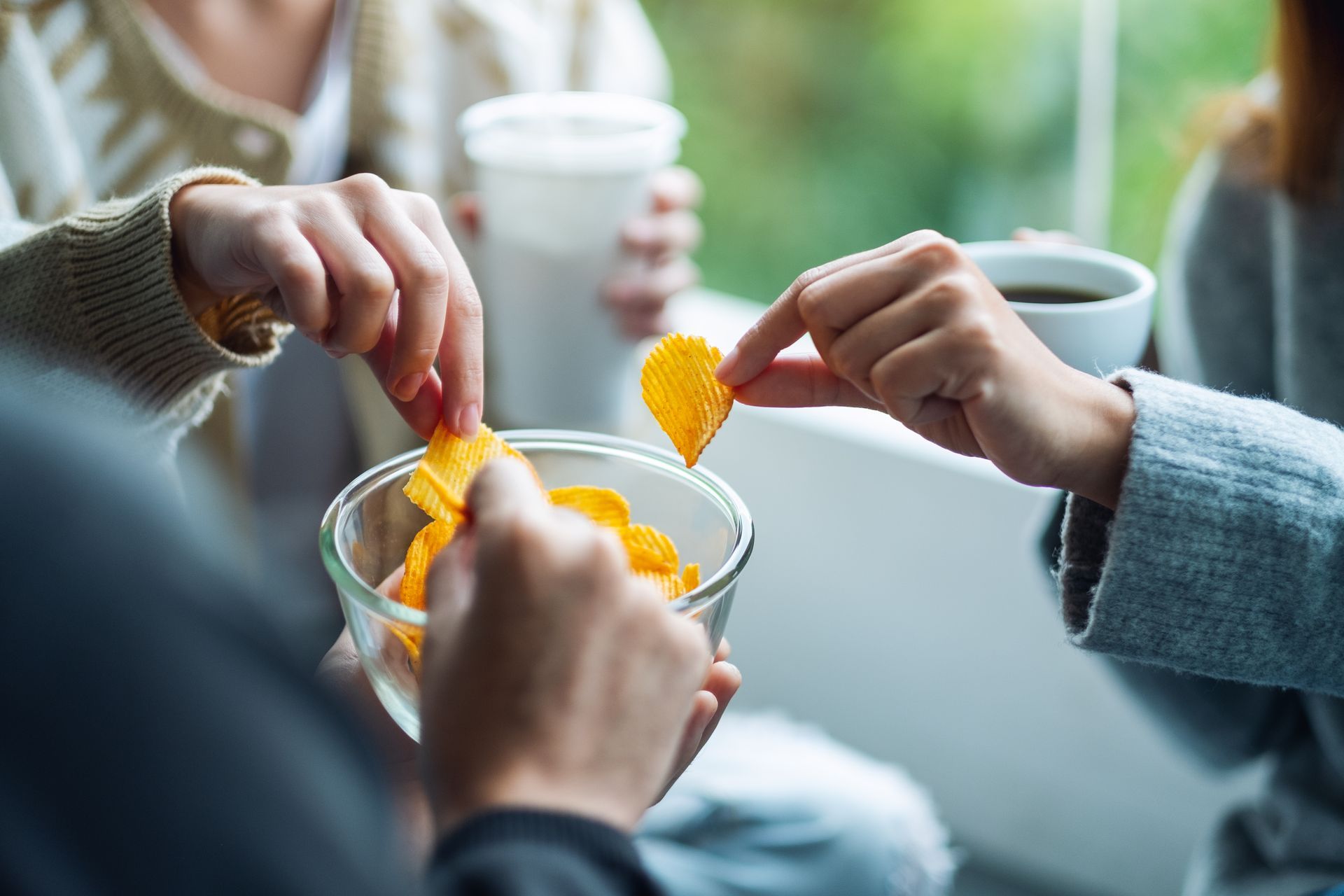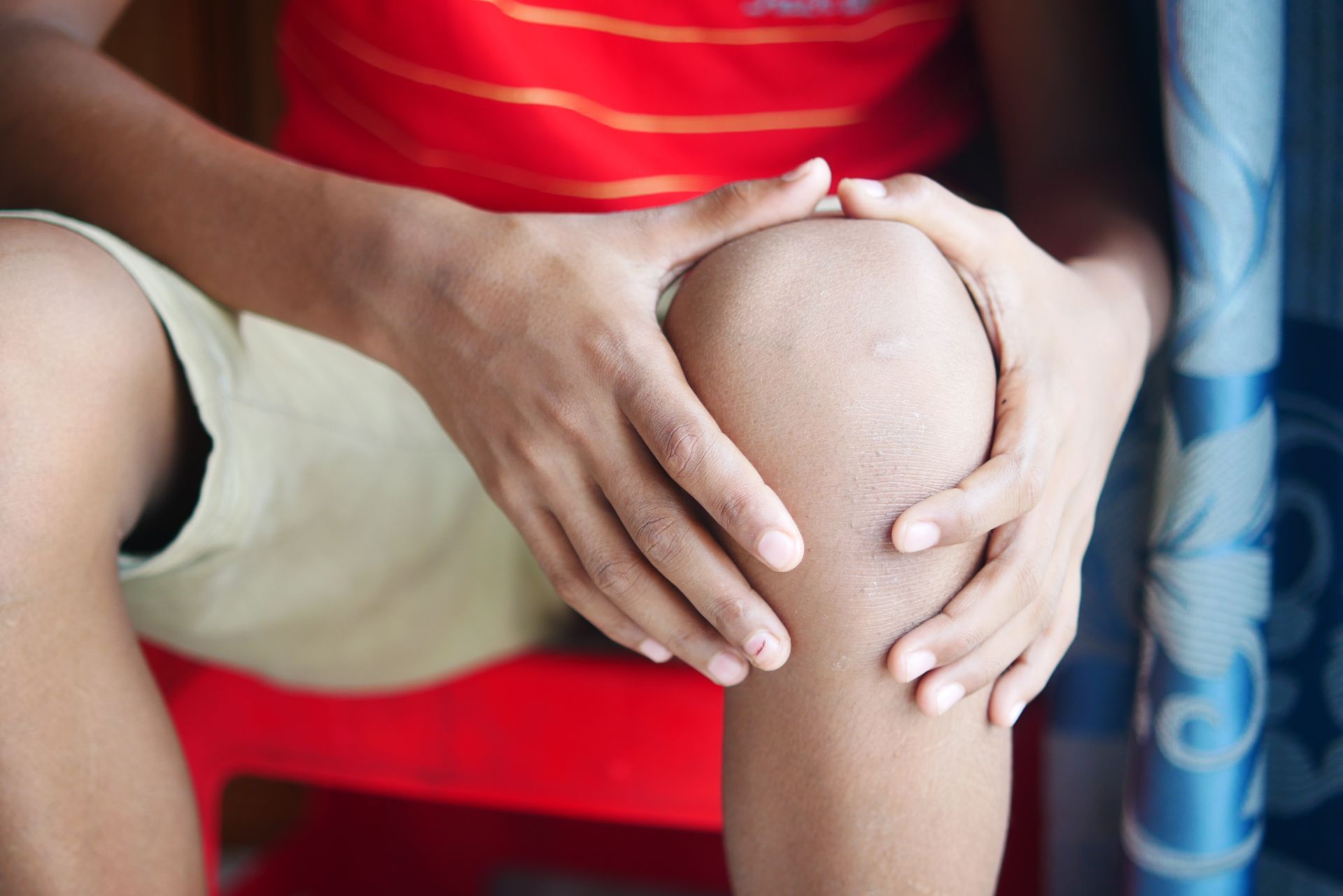Contact Us
We will get back to you as soon as possible
Please try again later
BLOG, PODCAST, & RESEARCH LIBRARY
"Children in the U.S. often receive cocktails of powerful psychotropic drugs that have numerous side effects and health risks, with minimal evidence of benefit in many cases..."
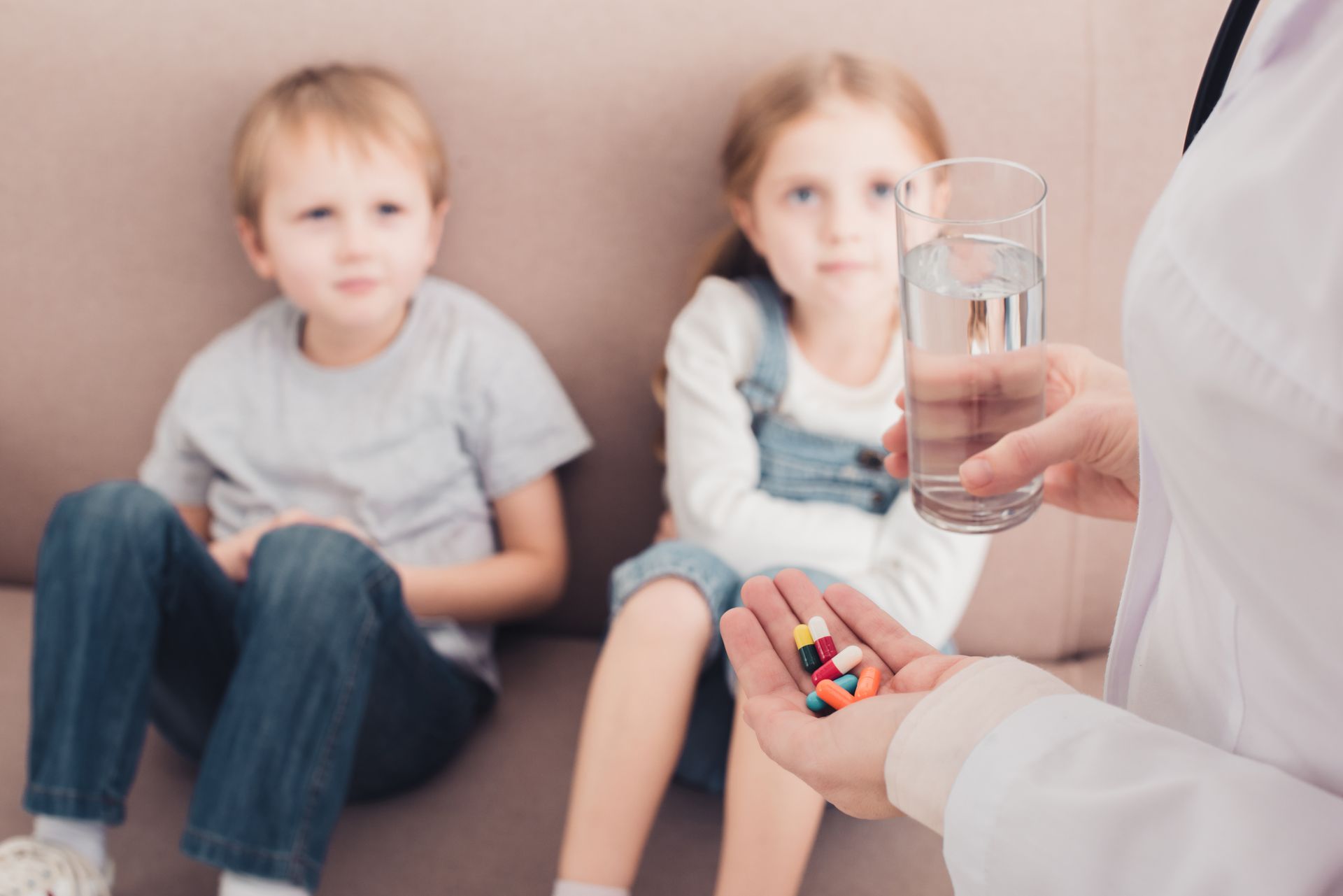
Story at a Glance
- Rates of mental illness in children have risen at an alarming rate, leading to an increased reliance on psychotropic drugs.
- Today, it's common for children to receive a cocktail of medications to manage their mental health, but this practice raises concerns about severe side effects and long-term health impacts.
- The documentary "Kids on Pills" explores the long-term effects of medicating children, highlighting treatment differences between the U.S. and Europe.
U.S. vs. European Approaches to Child Psychiatry
The 2022 documentary "Kids on Pills: Happiness Out of a Bottle" from Only Human, directed by Stefanie Schmidt and Lilian Franck, compares how American and European children are treated for mental disorders, revealing sharp contrasts in approaches and outcomes.
In the U.S., doctors are more likely to diagnose children with conditions like bipolar disorder and prescribe multiple medications. In contrast, European doctors tend to be more conservative, often diagnosing children with less severe disorders like ADHD instead of bipolar disorder and opting for fewer medications.
The Rise of Diagnoses and Polypharmacy
In the U.S., there has been a 4,000% increase in the rate of children diagnosed with bipolar disorder. The documentary follows several children seeking treatment at Massachusetts General Hospital in Boston, where many kids are diagnosed early with conditions like bipolar disorder, even at the age of 3.
Children like Anna and Will Birtwell, aged 9 and 6, and Jaylene Quijada, aged 3, were diagnosed with bipolar disorder. Anna's mother, Kelli, describes her struggles with unpredictable mood swings, from drawing cheerful rainbows one week to saying things like "I don't want to be alive anymore" the next.
The use of polypharmacy, or multiple medications to treat a single condition, is becoming common in the U.S. According to a recent study in the Journal of Pediatrics, 68.2% of the 302 pediatric patients surveyed had experienced polypharmacy. This trend raises questions about the long-term effects of these powerful medications on young, developing brains.
The Dangers of Over-Medicating
Jaylene’s mother, Elizabeth, shared how her psychiatrist, Dr. Robert Doyle, prescribed various medications, including Lorazepam, Klonopin, and Risperdal. Unfortunately, none of these helped long-term, and the side effects began piling up, prompting the addition of more medications.
The use of lithium, a mood stabilizer with serious side effects like memory problems and even the risk of kidney failure, was also attempted on Jaylene but later stopped due to adverse effects.
For Anna, medications like Abilify have been prescribed to manage mania, but they led to intense depressive episodes, according to her mother. Children are being prescribed potent drugs without addressing the root causes of their mental health issues, leading to a cycle of increasing symptoms and more medications.
Little to No Benefit in Drug Cocktails
Studies show that giving children a cocktail of drugs often provides minimal benefit. A 2021 review in the Journal of Child and Adolescent Psychopharmacology found that adding SSRIs to ADHD treatments provided only marginal improvements, while increasing the risk of side effects.
Many of these psychotropic medications aren't even approved for use in children. Nevertheless, millions of children in the U.S. are prescribed these drugs under the guise of "individual healing attempts," which has been criticized by experts like Dr. Dominik Riccio, who warns of the damaging effects these drugs can have on young brains.
Long-Term Risks Remain Unknown
The long-term effects of polypharmacy in children are still unclear. Raul, an eleven-year-old with ADHD and bipolar disorder, was hospitalized after violent outbursts and seizures—incidents that could be attributed either to his illness or the side effects of his medication. Experts like Dr. Bruno Müller-Oerlinghausen and Dr. Gerald Hüther caution that prescribing powerful psychotropic drugs to children can cause lasting changes in brain development.
Alternative, Nondrug Approaches
European doctors take a more cautious approach to medicating children, opting for lower doses and fewer drugs. They also emphasize non-drug therapies, such as occupational therapy and family-based interventions, to manage behavioral issues. For example, Marc-Andre, a young boy with ADHD, improved his dexterity and concentration significantly after two years of occupational therapy.
Parents like Jens Missler also stress the importance of integrating what they've learned in therapy into daily life, helping children develop life skills rather than relying solely on medication.
Advocacy and Conclusion
In the U.S., pharmaceutical companies have a strong influence on healthcare practices. In 2008, it was revealed that doctors from Harvard Medical School received millions of dollars from pharmaceutical companies, raising concerns about the motivations behind treatment options.
As a parent, it's crucial to be an advocate for your child's health. Seek out trusted healthcare professionals who do not rely on psychotropic drugs as a first course of action. Addressing behavioral problems may require dietary changes, reducing exposure to toxins, and focusing on the overall health of the gut microbiome.
Final Thoughts
"The treatment of children with psychotropic drugs is still partly experimental," the film concludes. "Only the future will tell if the parents of these children have made the right decisions, and by then, it will be too late to go back."
Many behavioral problems can be linked to an unhealthy diet, emotional stress, and toxin exposure. It's vital to explore these factors before turning to medications, and always keep your child's well-being at the forefront of every decision.
---
To read the original blog on Mercola's website, please visit:
'Kids on Pills' - The Long-Term Impacts of Medicating Children (mercola.com)



